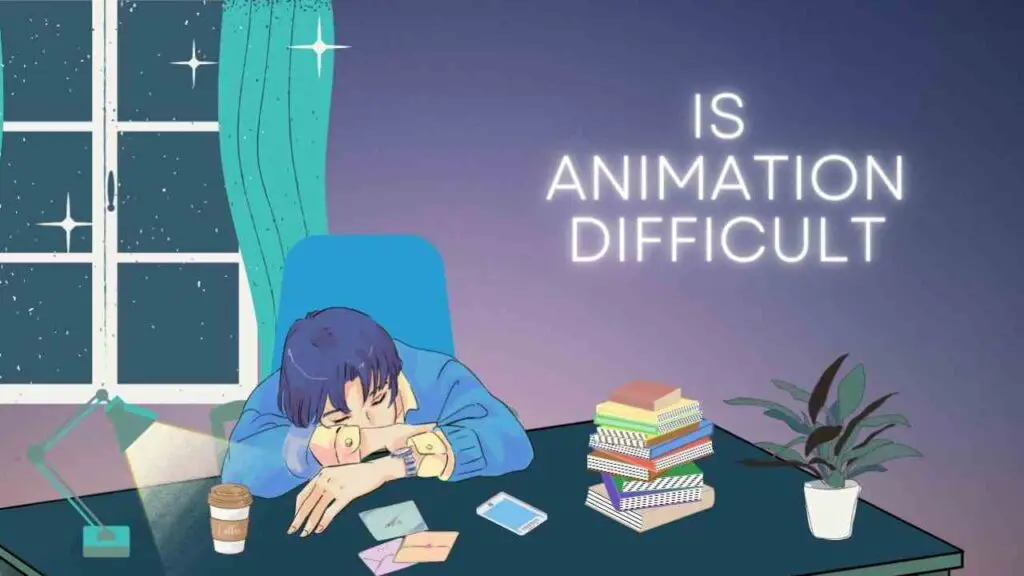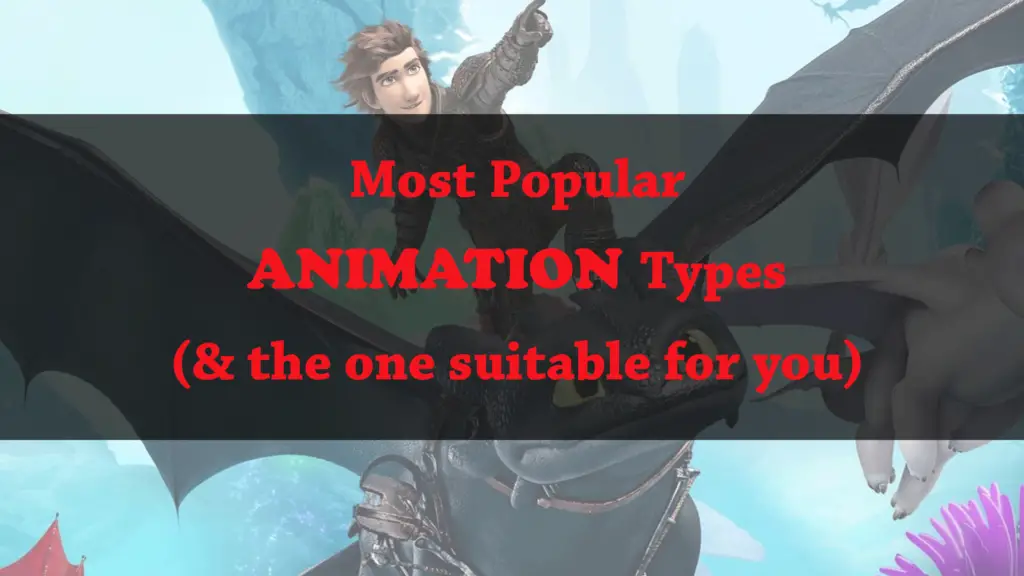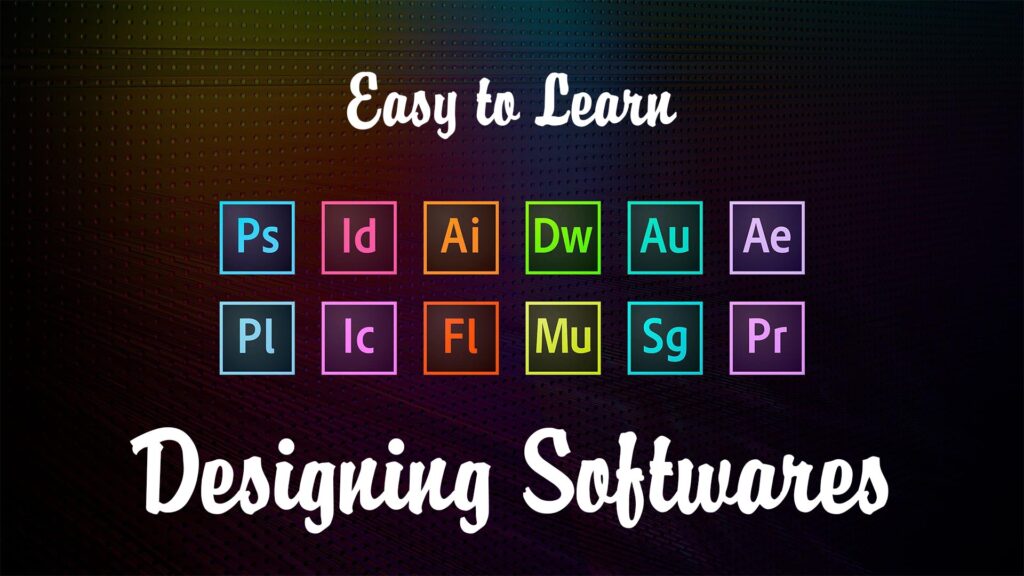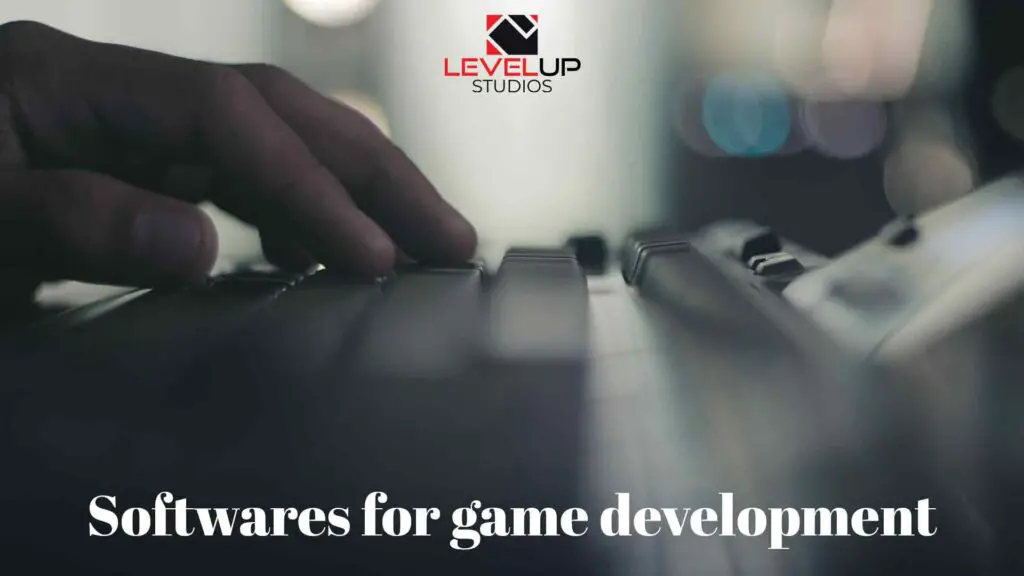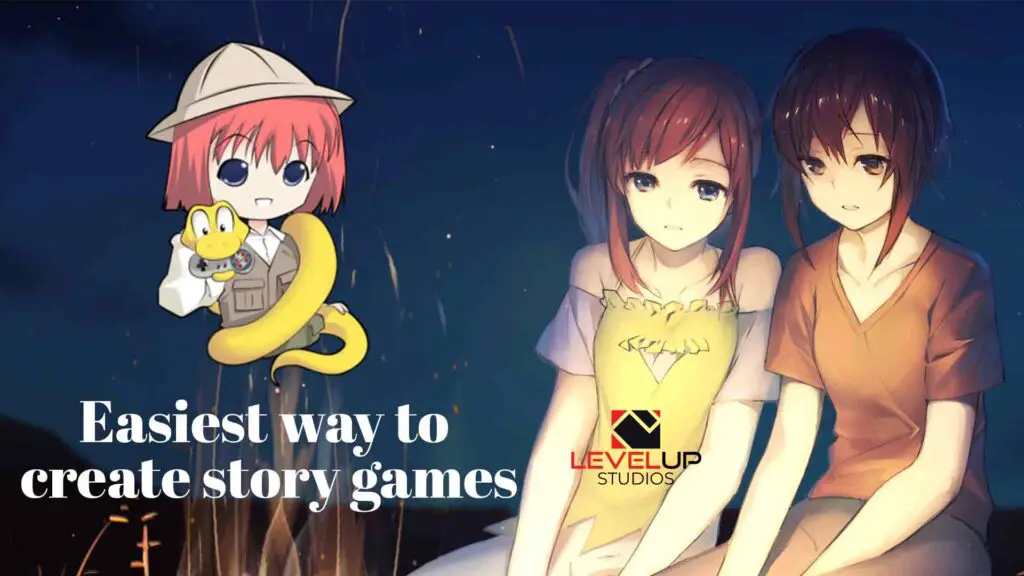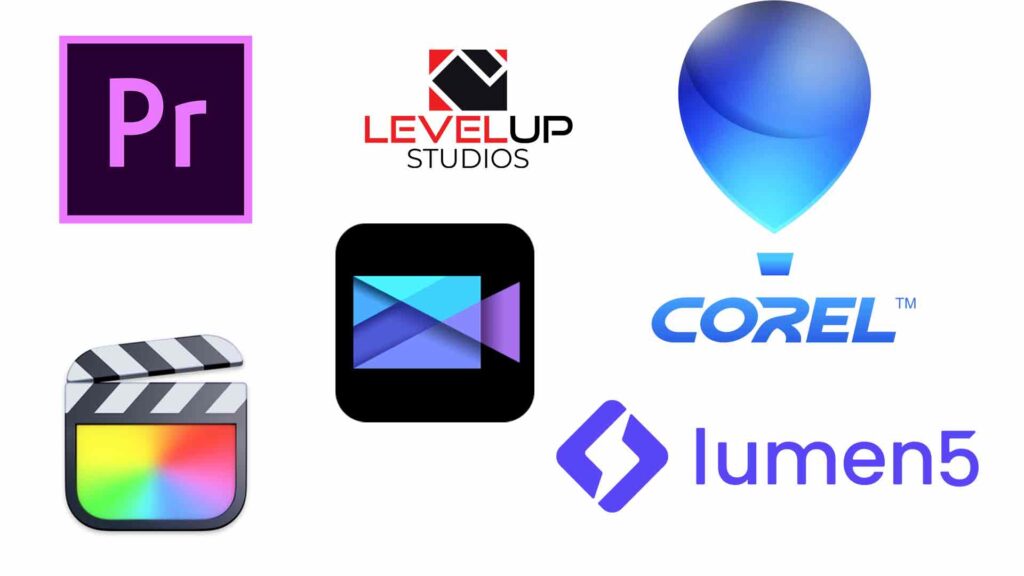THIS ARTICLE MAY CONTAIN AFFILIATE MARKETING LINKS! IN CASE YOU MAKE A PURCHASE THROUGH ONE OF THE LINKS, WE'LL GET A SMALL COMMISSION. WITH NO EXTRA CHARGES TO YOU. THANKS!!
Animation, often perceived as a magical art form that brings characters and stories to life, is an intricate dance of creativity and technical skill. At the heart of this question, “Is Animation Difficult?” lies a complex blend of artistic vision, painstaking attention to detail, and a relentless pursuit of emotional resonance.
The journey of an animator is one of constant learning, where each frame is a canvas for expression and each movement a testament to the animator’s dedication. As we delve into the world of animation, we uncover not just the challenges it presents but also the boundless opportunities it offers for storytelling, innovation, and personal growth. This article aims to explore the multifaceted nature of animation, shedding light on the discipline it demands and the joy it sparks in both creators and audiences alike.
Is Animation Difficult?
Interesting History of Animation
The history of animation is a fascinating journey that spans over a century, intertwining with the evolution of cinema and technology. It began in the late 19th century with the invention of devices like the zoetrope and flip book, which created the illusion of motion from static images. Pioneers like Émile Cohl and Winsor McCay laid the groundwork for the art form with their innovative work.
In the early 20th century, animation moved onto the silver screen with hand-drawn cels becoming the dominant technique. This era saw the rise of influential studios and characters that would become cultural icons. The 1920s marked the emergence of Walt Disney and the introduction of synchronized sound, which revolutionized the industry.
The 1930s brought color and depth to animation, with Disney’s Snow White and the Seven Dwarfs setting a new standard for feature-length animated films. The subsequent decades saw the expansion of animation into television and the shift towards limited animation techniques due to budget constraints.
The late 20th century and the turn of the millennium witnessed the rise of computer animation, which began to overshadow traditional techniques. The first feature movie made entirely on computers, without a camera, was The Rescuers Down Under in 1990, although its style closely resembled cel animation.
Today, animation is a diverse field that encompasses everything from traditional hand-drawn works to cutting-edge computer-generated imagery (CGI). It continues to be a medium for storytelling, artistic expression, and technological innovation, captivating audiences worldwide.
Impact of Technology on Animation
Technology has had a transformative impact on the animation industry, reshaping it in several fundamental ways. Here’s a concise exploration of its effects:
Computer-Generated Imagery (CGI): The advent of CGI has been a game-changer for animation. It has allowed for the creation of more lifelike and complex animations that were previously impossible with traditional methods. CGI has become the standard in many areas of the industry, from feature films to television animation, enabling creators to push the boundaries of what can be visualized on screen.
Software Advancements: Modern animation software has become more sophisticated and user-friendly, streamlining the animation process. Tools like Autodesk Maya, Adobe After Effects, and Toon Boom Harmony offer powerful features that simplify tasks such as rigging, skinning, and tweening. These advancements have significantly reduced the time and effort required to produce animations, allowing artists to focus more on the creative aspects of their work.
Real-Time Rendering: Real-time rendering technologies have drastically cut down the time it takes to preview animations, making the iterative process of animation more efficient. This technology is particularly beneficial in the gaming industry, where it allows for immediate feedback and adjustments.
Virtual Production: The integration of virtual production techniques has blurred the lines between animation and live-action filmmaking. Using LED walls and virtual sets, filmmakers can combine animated elements with live-action footage seamlessly, creating immersive environments and visual effects in real-time.
Artificial Intelligence: AI is starting to play a role in animation by automating repetitive tasks and even generating in-between frames, which can be particularly useful in 2D animation. This not only speeds up the production process but also opens up new possibilities for creativity and experimentation.
In essence, technology has not only made animation more accessible and efficient but has also expanded the creative horizons for animators. It continues to evolve, promising even more exciting developments for the future of animation.
Challenges posed by technology in Animation
Technology has revolutionized the animation industry, but it also presents several challenges. While advancements like cloud computing and open-source software have lowered entry barriers and democratized the field, they have also led to higher production costs due to the demand for skilled professionals proficient in the latest technologies. The shift towards virtual workspaces has enabled global collaboration, yet it has also increased competition and the need for continuous learning to keep up with rapidly evolving software.
Furthermore, while technology has made animation production more efficient and flexible, it has somewhat diminished the unique warmth and quality of traditional hand-drawn animation, which remains labor-intensive and expensive. These challenges underscore the need for a balance between embracing technological innovations and preserving the artistic essence of animation.
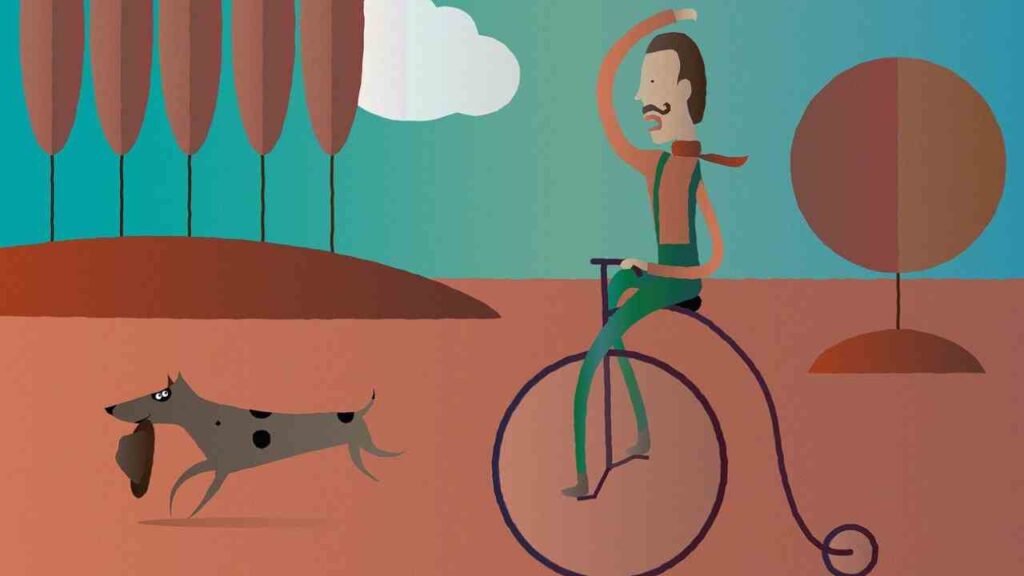
Easy Ways to Start Animation
Creating animations has become more accessible thanks to a variety of user-friendly tools and platforms. Beginners can start with online animation tools like Powtoon or Canva, which offer intuitive drag-and-drop interfaces and a wealth of pre-designed templates. For those who prefer a more guided approach, Animaker provides a step-by-step animation process, complete with character rigs and automated movements.
Adobe Character Animator is a great choice for users with access to Adobe Creative Cloud, as it simplifies the animation of characters using live motion-capture. Additionally, platforms like InVideo promise quick animation creation, ideal for those on a tight schedule. Lastly, educational platforms such as Skillshare offer comprehensive tutorials that cover the entire animation process, from conceptualization to the final product. With these resources, creating engaging animations can be both easy and enjoyable.
How to Get Started
Embarking on a career in animation and design can be both thrilling and daunting, but motivation can be found in the creative freedom and the potential to bring one’s imagination to life. Aspiring animators and designers can draw inspiration from the vast array of opportunities the field offers, from crafting stories that resonate with audiences to creating visual spectacles that push the boundaries of technology.
The prospect of continuous learning and mastering new tools can serve as a catalyst for personal and professional growth. Moreover, the animation industry’s expansion and the increasing demand for animated content across various media provide a promising career outlook. Engaging with a community of like-minded individuals, attending industry events, and consuming inspirational content can also fuel the passion for starting in this dynamic field. Ultimately, the key to motivation lies in setting clear goals, embracing the challenges, and reveling in the journey of turning abstract ideas into tangible art. You don’t have to start directly from Pixar level animations. Start with some personal projects or small projects that you think will help you in future.
Misconceptions About Animations
Let’s debunk some common misconceptions about animators:
- Animation Is Intended Only For Children:
- While cartoons are a part of animation, animation itself has a much broader scope. It’s not limited to children’s entertainment. Businesses use animation creatively to capture their target audience’s attention. Traditional and modern animation techniques can help tell a business’s story in a unique and unforgettable way.
- Animations Are Quick To Create:
- Contrary to this belief, creating animations requires significant effort. Even a short 10-second clip involves extensive work. Animators go through idea generation, scriptwriting, storyboarding, character design, background creation, voiceovers, sound, and music. Their time is truly valuable.
- Anyone Can Create Animations With Good Hardware & Software:
- Having quality tools is essential, but animation isn’t just about equipment. An animator’s imagination and skills play a crucial role. Without creativity, even the best software remains soulless and directionless.
- Animation Is Too Expensive:
- Animation is an investment, not just an expense. It pays off in the long term. Visual communication using animation is strategic and yields significant benefits for businesses and brands.
- Animation Is Cheaper Than Live Action:
- Some believe animation is a cheaper alternative to live-action shoots. However, animation involves its own complexities, and costs vary based on the project. Both animation and live action have their unique advantages.
Remember, animators are skilled professionals who bring stories and visuals to life, and their work extends far beyond what these misconceptions suggest.
Conclusion to Is Animation Difficult
Is animation difficult, well the field of animation does present its challenges, from mastering complex software to keeping pace with the rapid technological advancements. However, it is also a field brimming with opportunities for creative expression and storytelling. The difficulty of animation is balanced by the satisfaction of bringing characters and worlds to life, making it a rewarding endeavor for those with a passion for art and design. With the right mindset, dedication, and continuous learning, the barriers can be overcome, allowing animators to thrive in this dynamic and ever-evolving industry. Whether you are a novice just starting out or a seasoned professional, the journey of an animator is one of constant discovery, growth, and the joy of creation.
